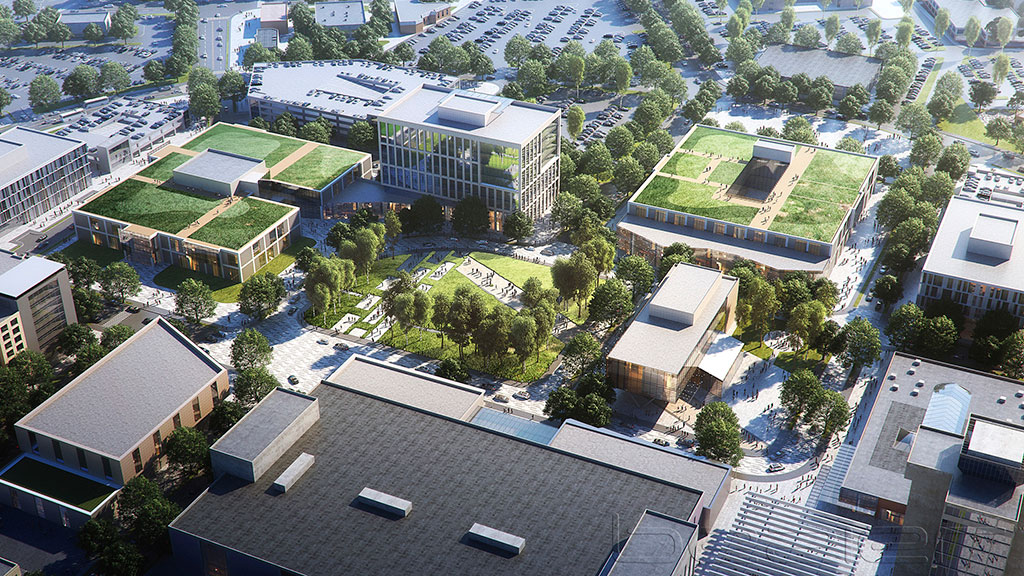How the Building Industry Can Respond to the Terrible, No-Good, Very-Bad IPCC Report
April 14, 2022 | By Anthony Brower
The International Panel on Climate Change (IPCC) releases the planet’s equivalent of an annual report that outlines the trajectory of our home. It tracks anthropogenic influences of our climate over time, or in simpler terms, human-caused changes to our environment. The report often outlines dire consequences of our actions and paints a picture of a future world not too dissimilar from the apocalyptic imagery presented in movies like Wall-E (trash pollution), Interstellar (air pollution), and I Am Legend (disease outbreak), while suggesting that we can all use a good slap as we look back on the path that led to the current crisis.
What makes the report frustrating is that we already have the tools to make a substantial impact in a key sector of influence, the built environment. The solutions we must embrace are not aimed at the one percent of iconic sustainable buildings, but rather they are intended to help us return to basic strategies across ninety-nine percent of existing and future developments.
Establishing Minimal Acceptable Performance
Before unpacking those foundational sustainable strategies, I wanted to offer some perspective on building codes. Changes are coming both here and in the U.K., and the industry will have to adjust accordingly, but for many municipalities in the U.S. change isn’t happening fast enough. To make real progress, there must be a global understanding of the most minimal acceptable performance standard for buildings. Building codes can establish that baseline.
Looking back on a moment from my childhood while out shopping with my mother, I recall throwing a tantrum about something or other. I wanted, or wanted to do, something and my mother had told me no. I didn’t like it, and after the kicking and screaming I had resorted to planting my three-year-old bottom firmly on the ground. Her response was one I am sure many of my generation would find familiar; she left me there. I had crossed an invisible barrier of minimal acceptable action and would now pay the consequence of panic once she was out of my field of view.
Building codes are the continuously teaching parent of the built environment. When you think about the more than 1.5 billion square feet of work Gensler touches every year, it’s easy to understand that every building or interior performing 10% or 20% better makes a substantially larger impact than the singular highest of performing buildings. The work required for such a minimal achievement is something we can all incorporate into our projects without much of any kicking and screaming.
If you take away one single piece of advice, or call to action, from this collection of strategies, make it this; become an advocate for the advancement and adoption of building codes. Some municipalities and states across the U.S. have codes that are more than ten years old. Other locations outside the U.S. have no performance-based requirements at all, or there are insufficient enabling conditions to make even basic code compliance a challenge to enforce.
If we can establish and enforce performance-based building codes, then the following four strategies will go a long way to meeting the challenges spelled out in the IPCC report.
Practice a Return to Basic Planning
Urban areas are poised to experience a significant increase in temperature, with marginalized communities taking a larger than average share of the consequences. One of the most basic physics concepts known as the law of conservation of energy teaches us that energy can neither be created nor destroyed. Urban areas with large expanses of concrete, asphalt, and other man-made materials do not use the sun’s energy. They absorb it, retain it, and radiate it back into our environment causing temperature rise. Cities need to reinvest in tree canopy, vegetated roofs, and natural ground cover to absorb the sun’s energy. A strategy that brings with it cascading impacts of improved air quality.
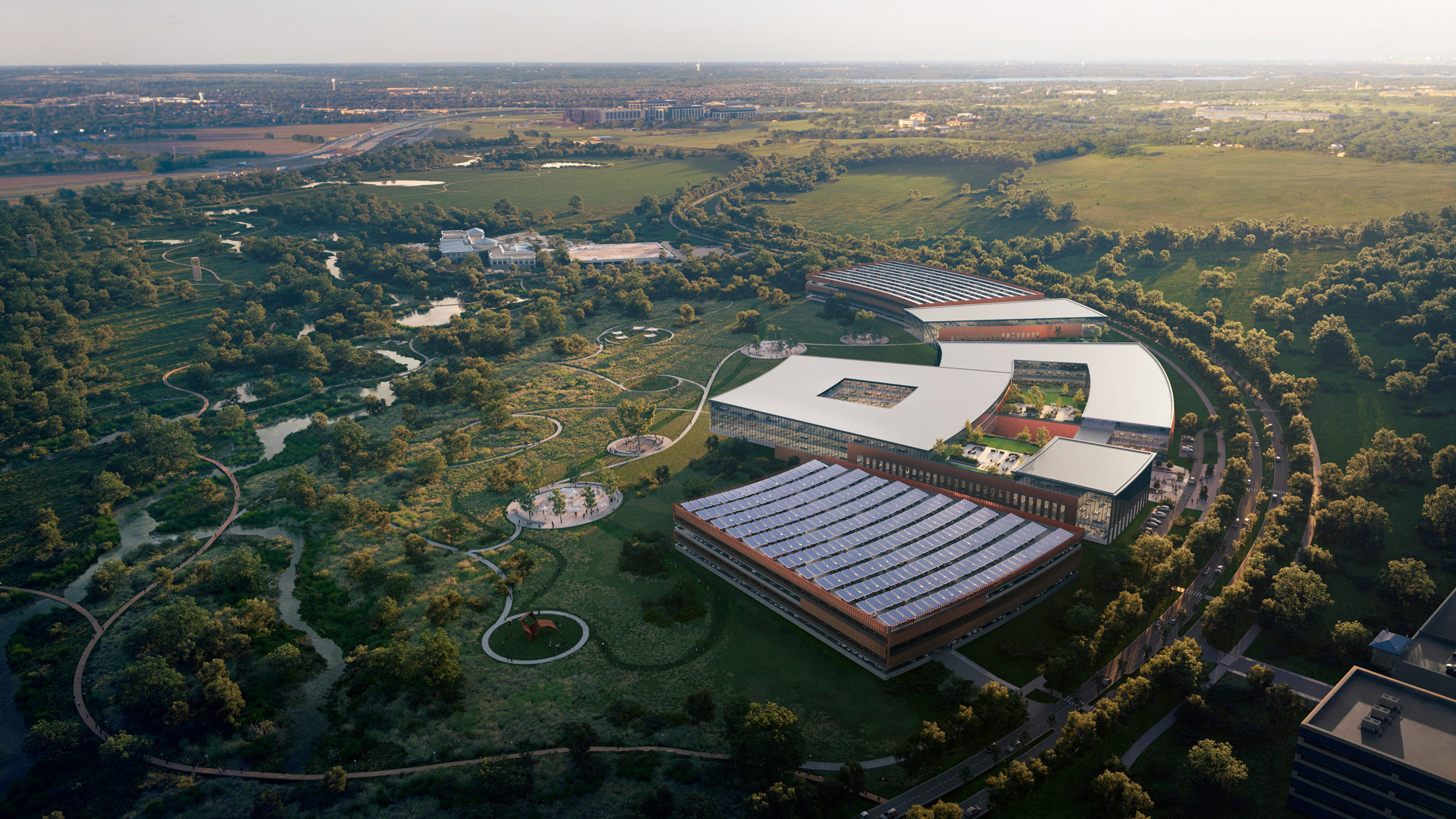
Embrace Adaptive Reuse and Embodied Carbon
As an industry, we’ve been investigating materials that generate less carbon through their lifecycle of manufacture, installation, use, and reuse as recycled products. While this strategy makes an impact on reducing the material carbon impact of new construction, reusing an existing building results in a greater carbon reduction impact by far. A building’s primary contributing factors to material carbon impact are its structural systems like primary and secondary steel members followed by concrete and exterior glazing assemblies. Retrofitting existing buildings can have a substantial influence on your organization’s ESG goals.
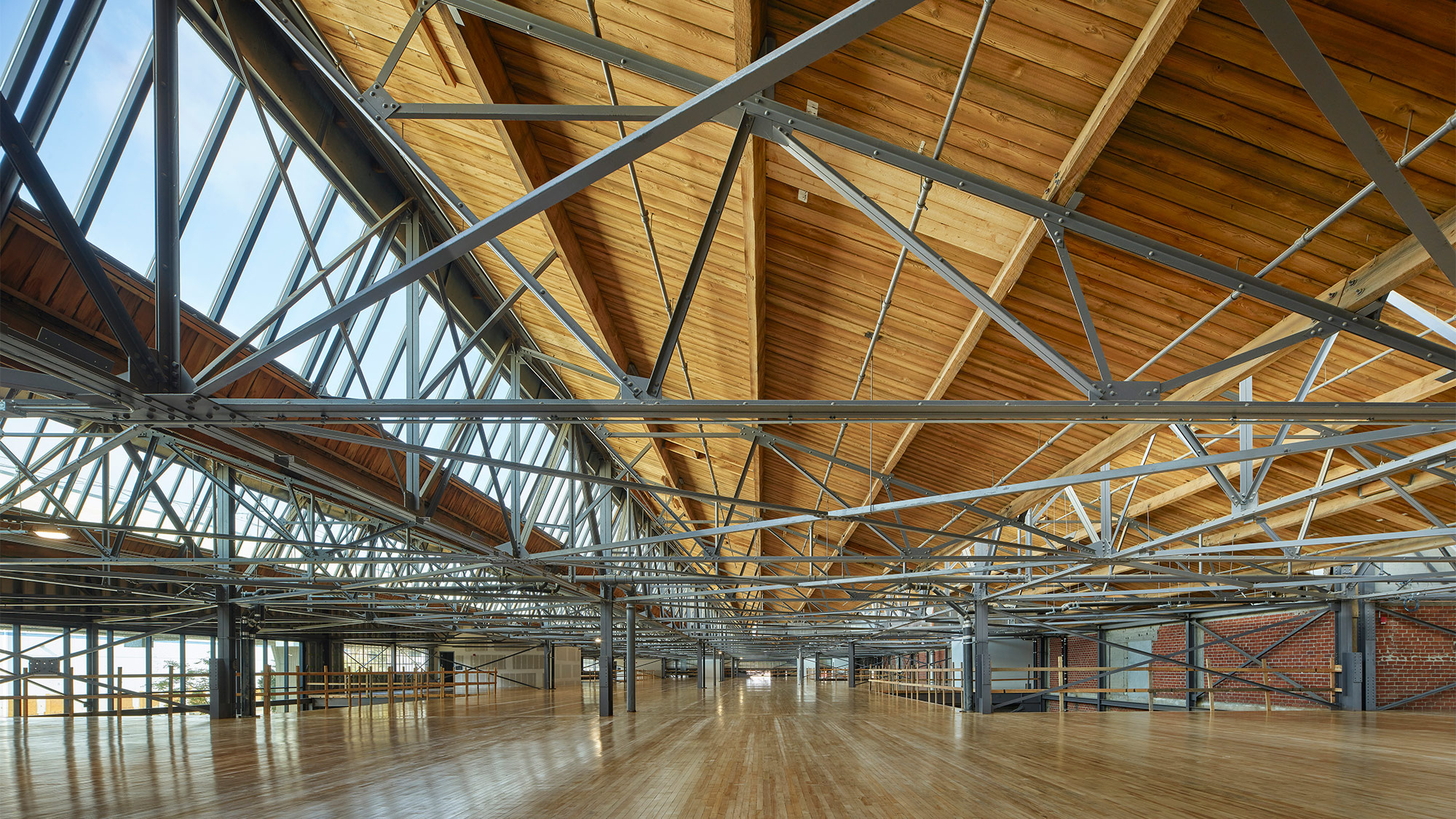
Design for Energy Efficiency and Operational Carbon
While greenhouse gas emissions have increased across all sectors, an increasing share of emissions is being attributed to urban areas. The very density we aspire to as a sustainable solution works against us when we choose to design toward minimal code compliance.
California has its sights on an energy grid in the future fueled completely by renewable energy. To make that happen we need to aggressively reduce the operational energy spend of buildings to ensure that our future demand balances out with the supply of renewable energy.
Net Zero Energy buildings are the beacons within our cities to aspire to. Small scale installations continue to aggregate our energy reduction potential in cities. Above-grade parking structures, small scale residential, and warehouse spaces are prime low-rise opportunities for Net Positive Energy buildings whose excess supply can begin to offset the demand of other buildings.
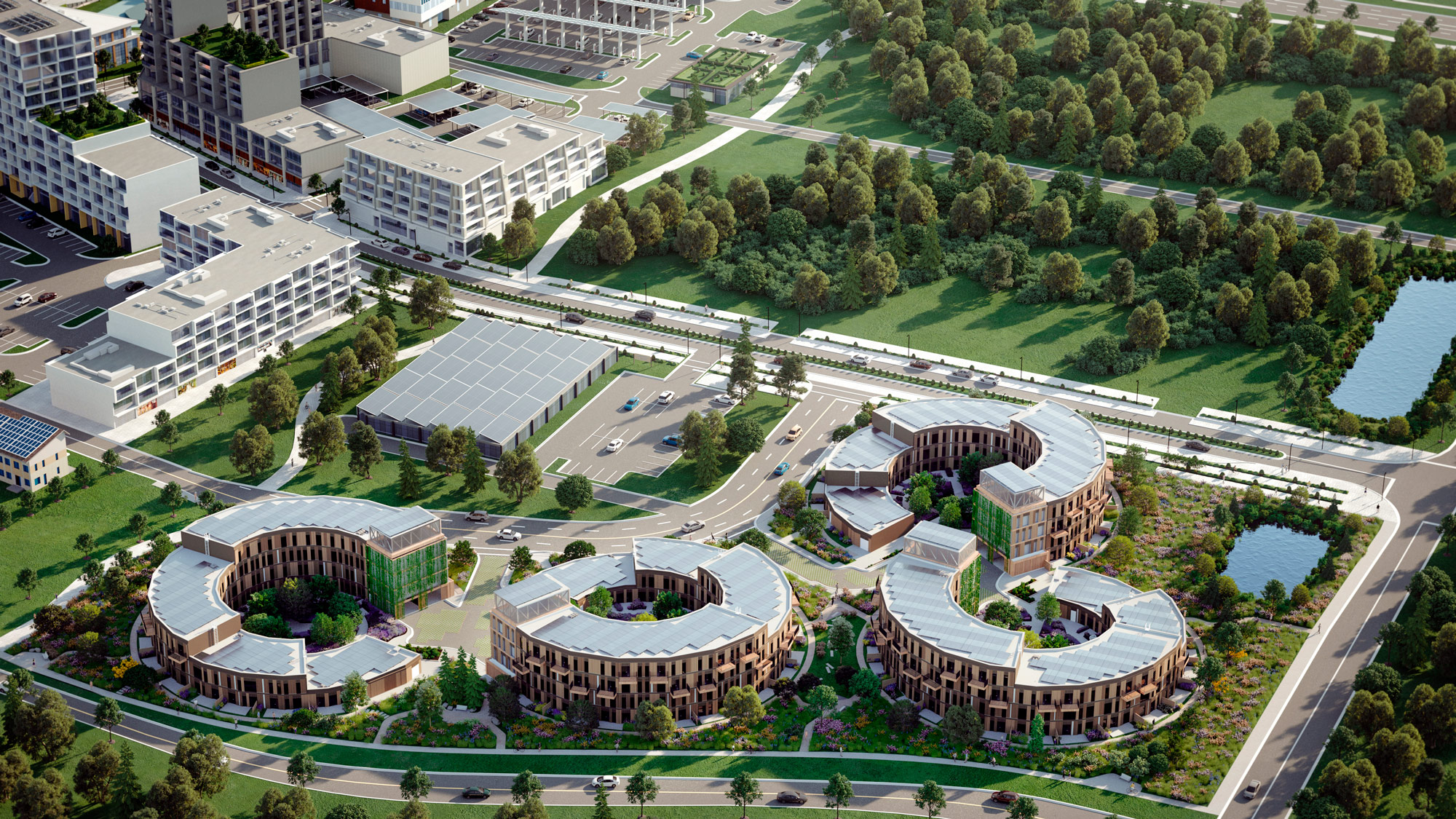
Source Low Carbon Fuel Alternatives
We are already moving away from coal with more that 500 plants scheduled to be retired before the end of the decade. The shift hasn’t been wholly good as a lot of municipalities have transitioned coal sourced power to natural gas. The greenhouse gasses released into the atmosphere from extraction and use represents a significant contributor to the carbon content of our atmosphere. This is where all-electric buildings have become a recent trend to shift away from gas service.
Some developers are already shifting their entire portfolio to all-electric assets. Others have plans in place to transition in the coming years. When we talk to our clients about gas, it’s with a note of caution as we are watching the trajectory of building codes. What we’re seeing is that future codes are seeking to eliminate gas service completely, which would make new gas buildings today obsolete in the coming years. Some owners are preparing for this shift by incorporating infrastructure flexibility to easily shift in the future.
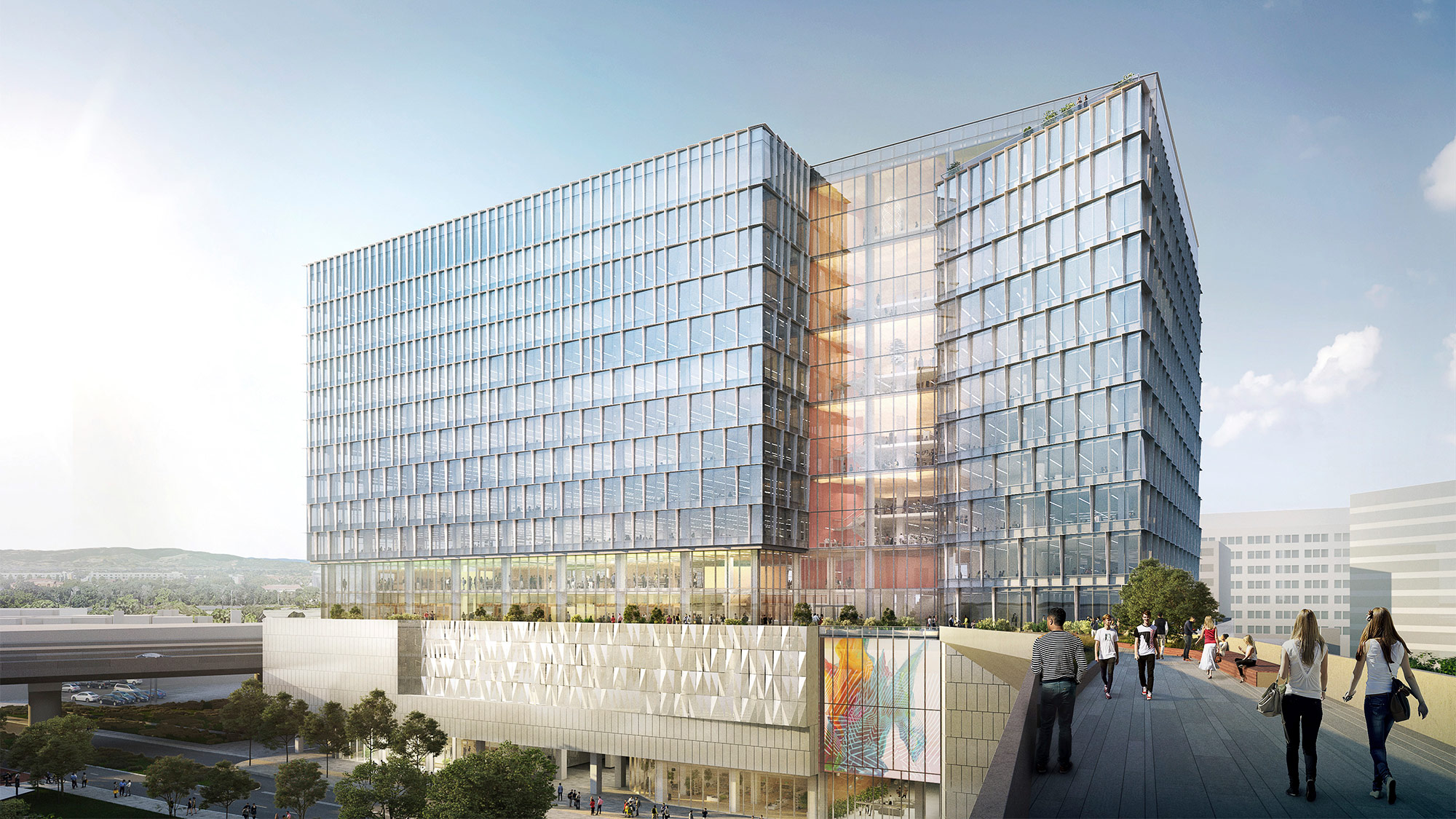
It’s easy to become paralyzed when attempting to solve the cascading impacts of problems on such a grand scale. The climate crisis was influenced by thousands of little bad choices. Let’s fix it with an equal number of proportionally sized good ones.
For media inquiries, email .
